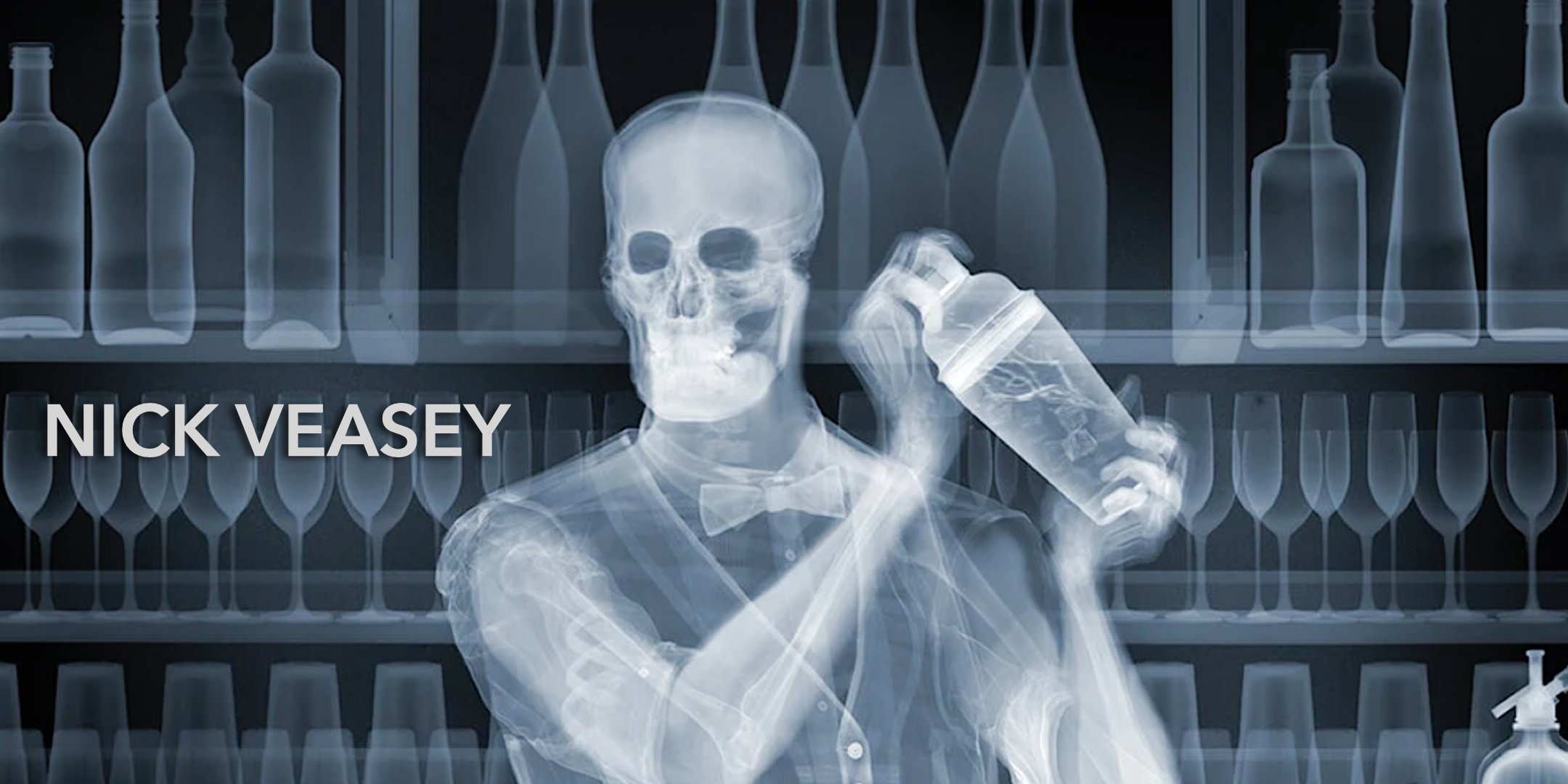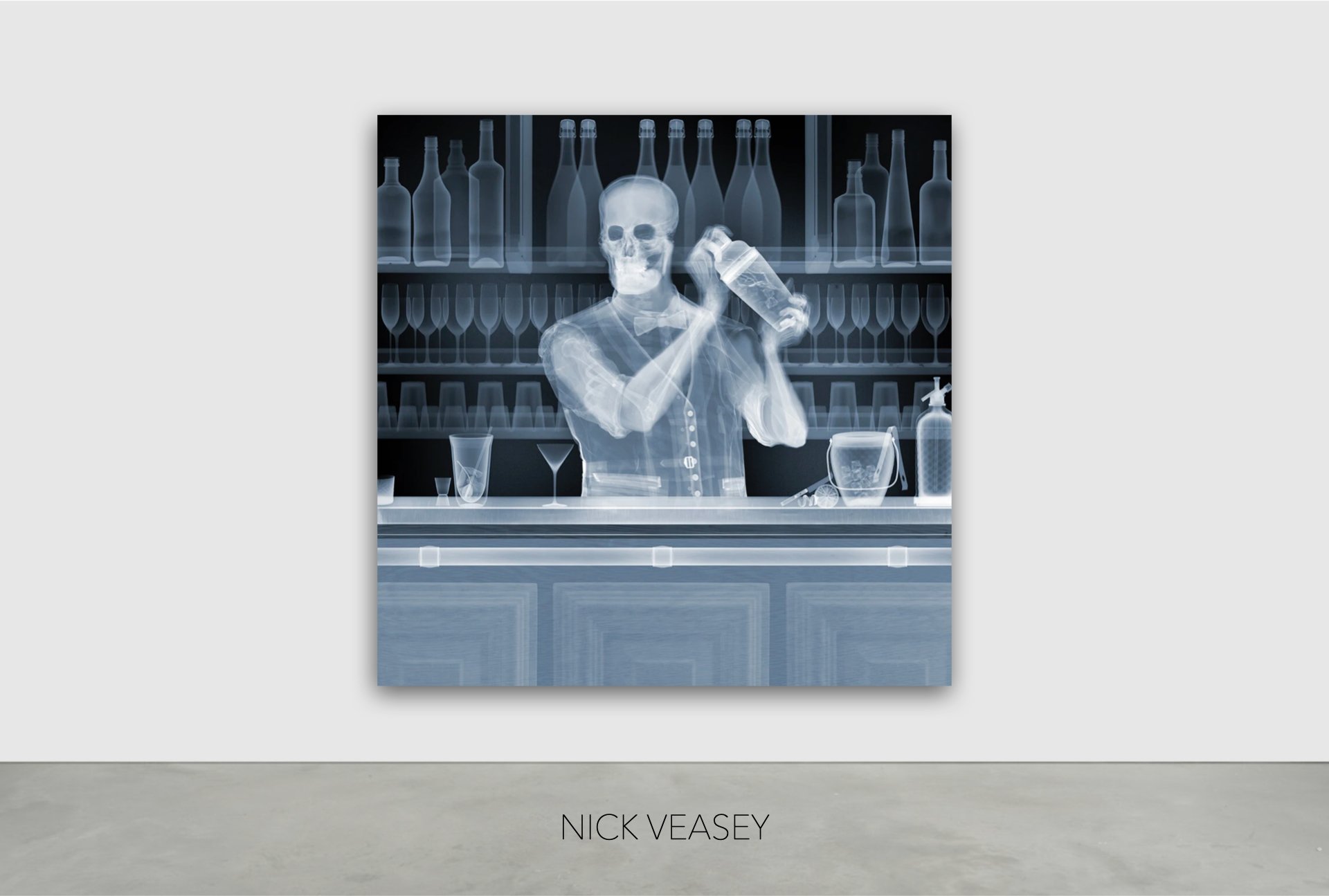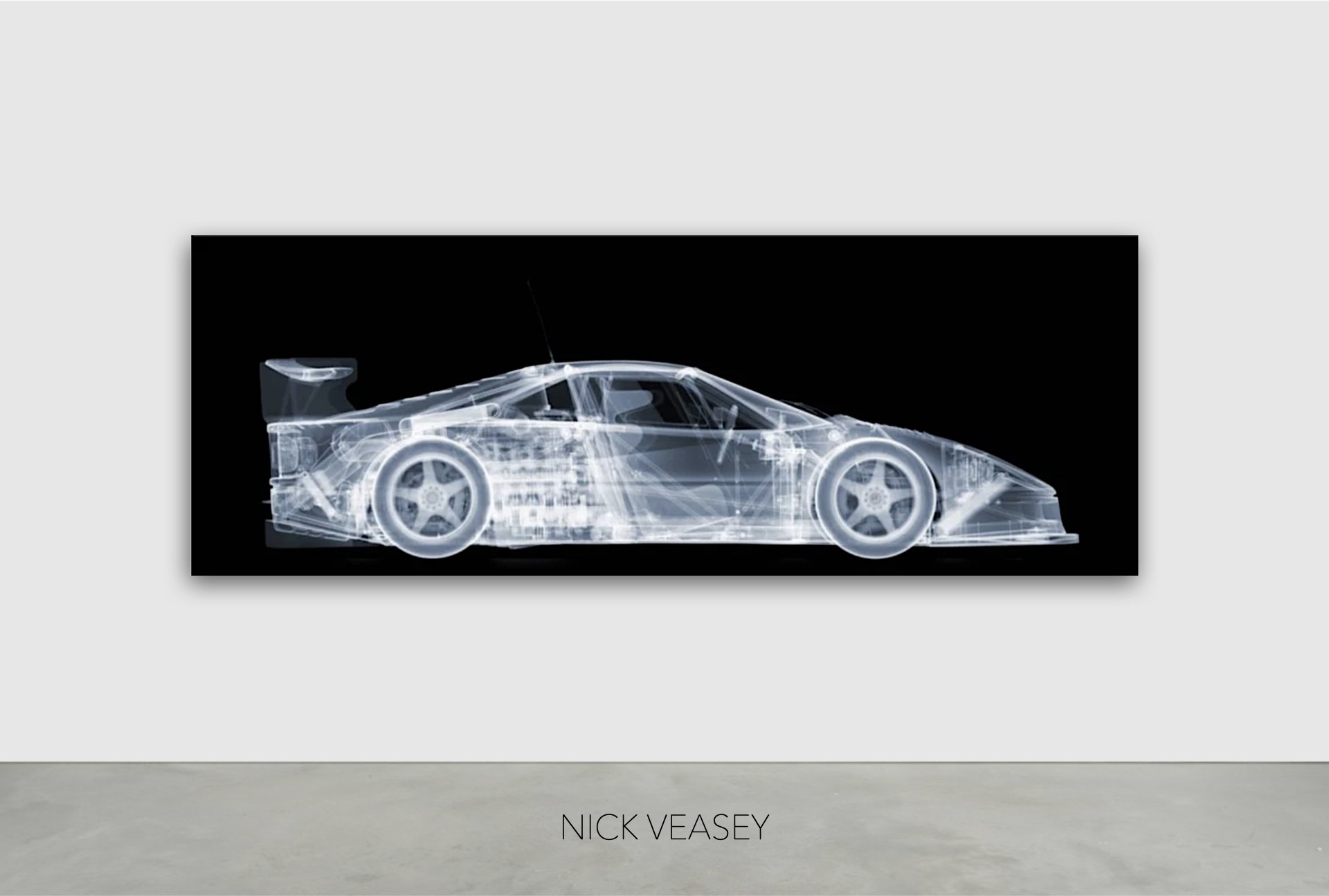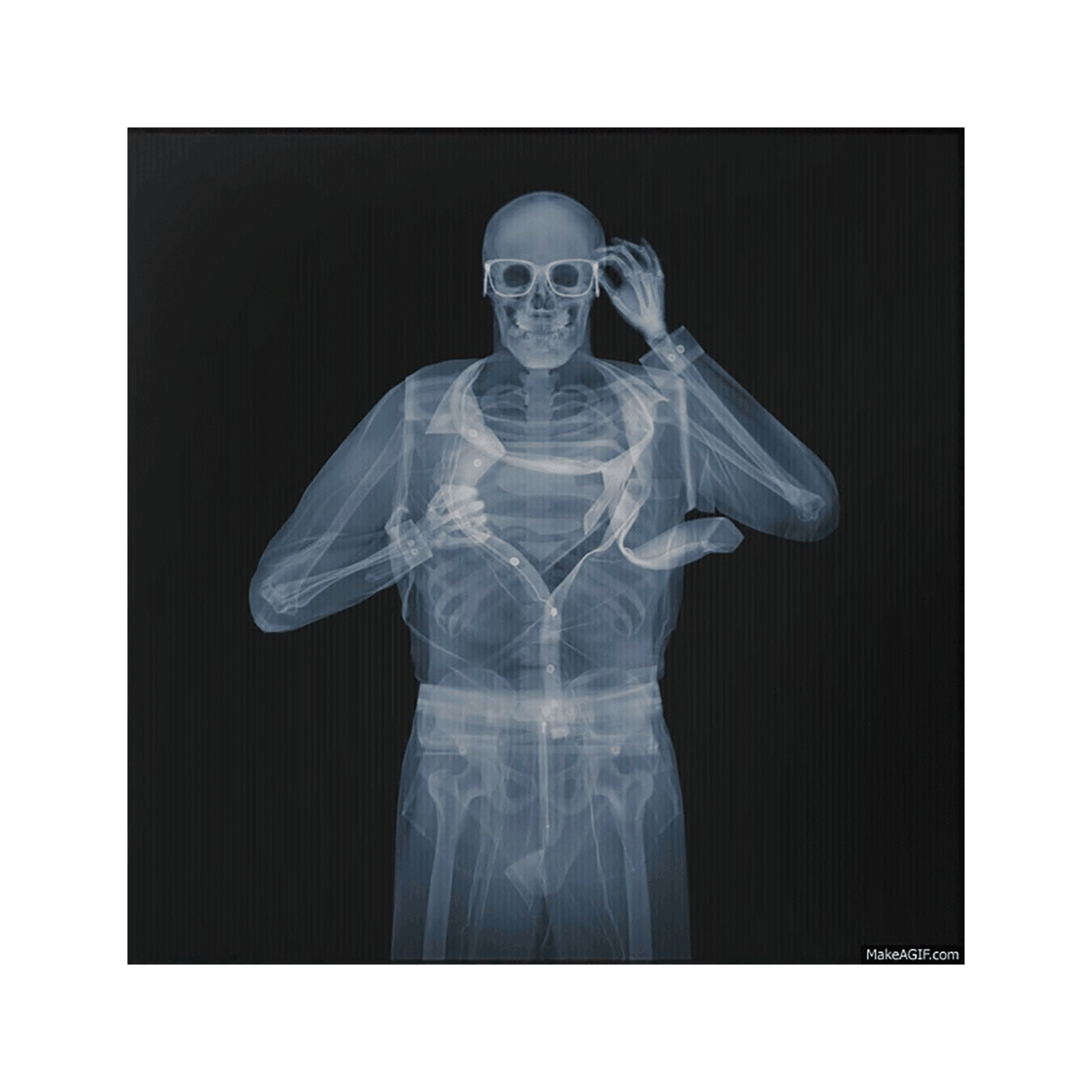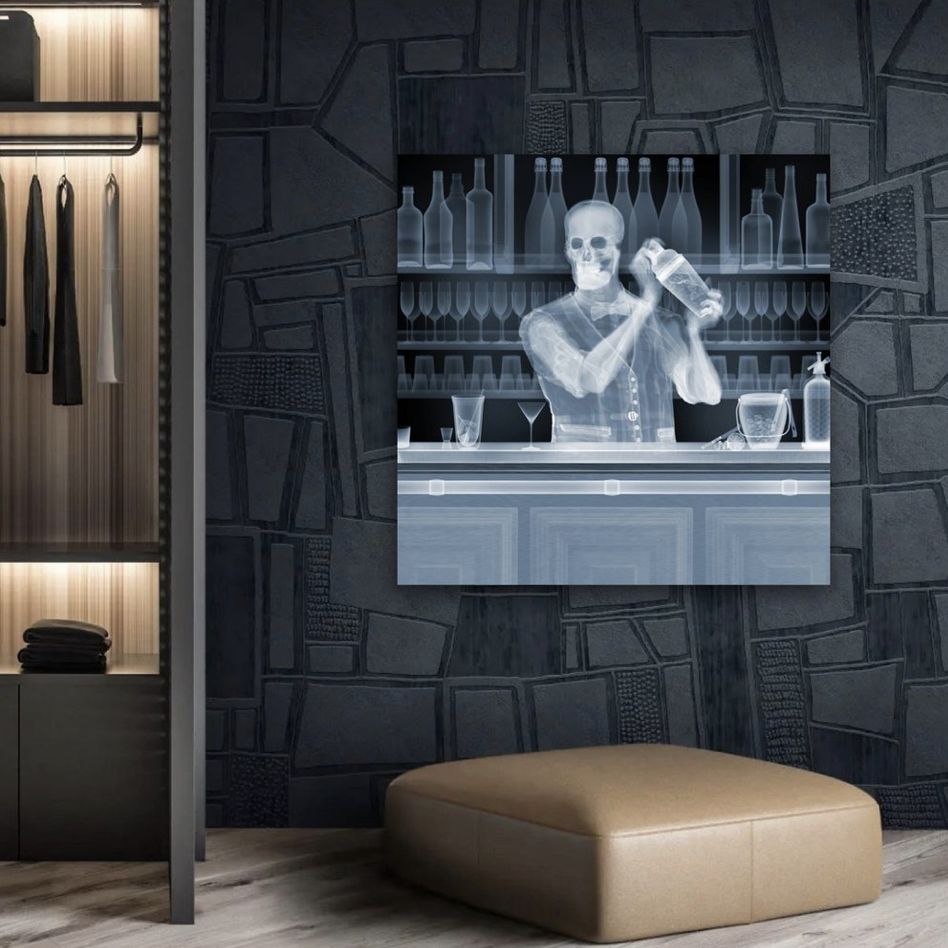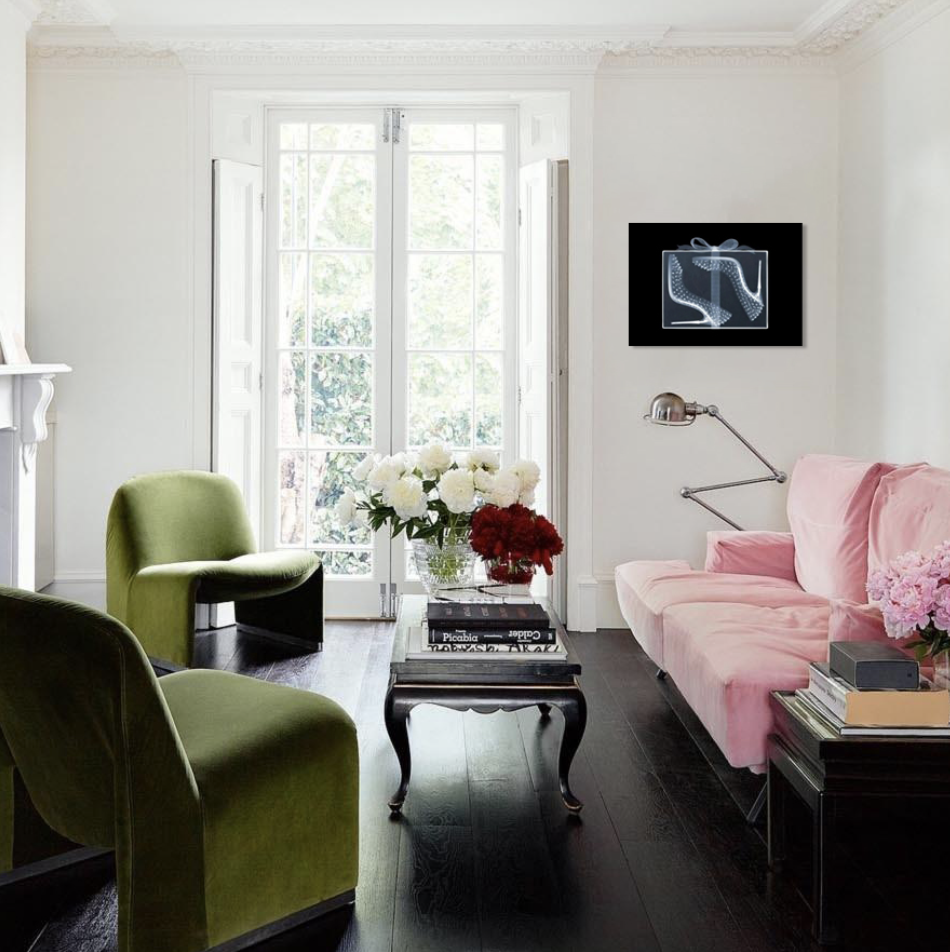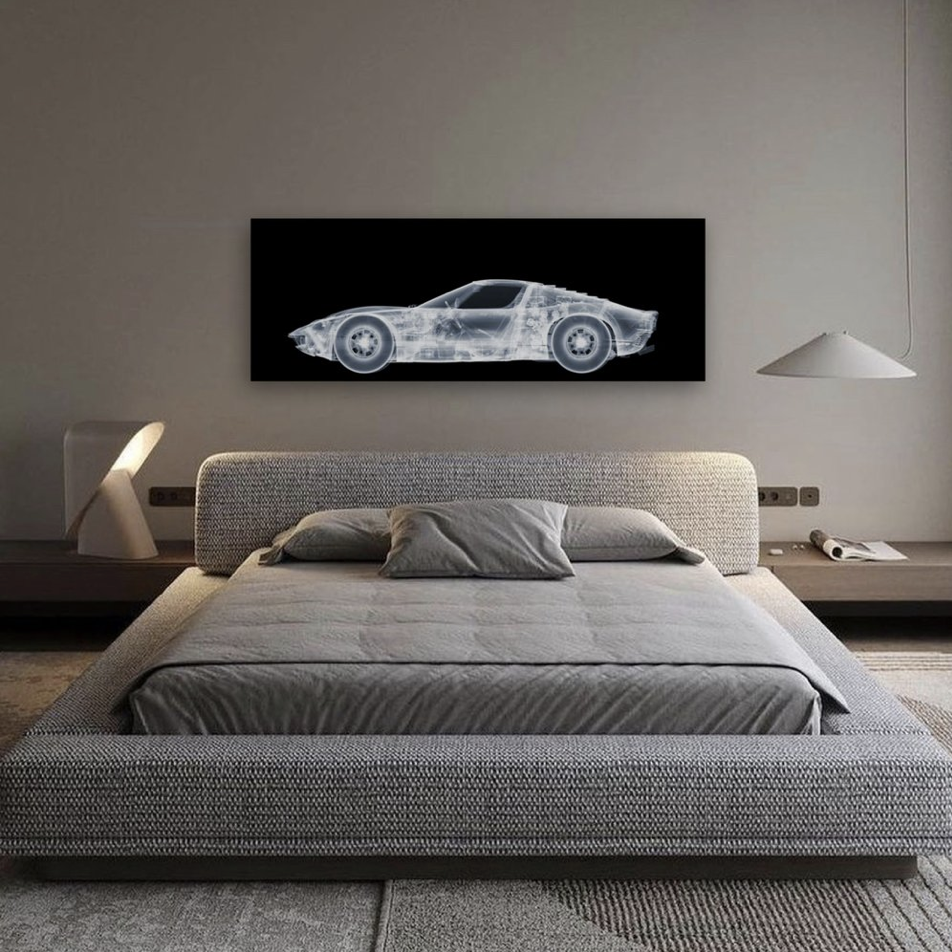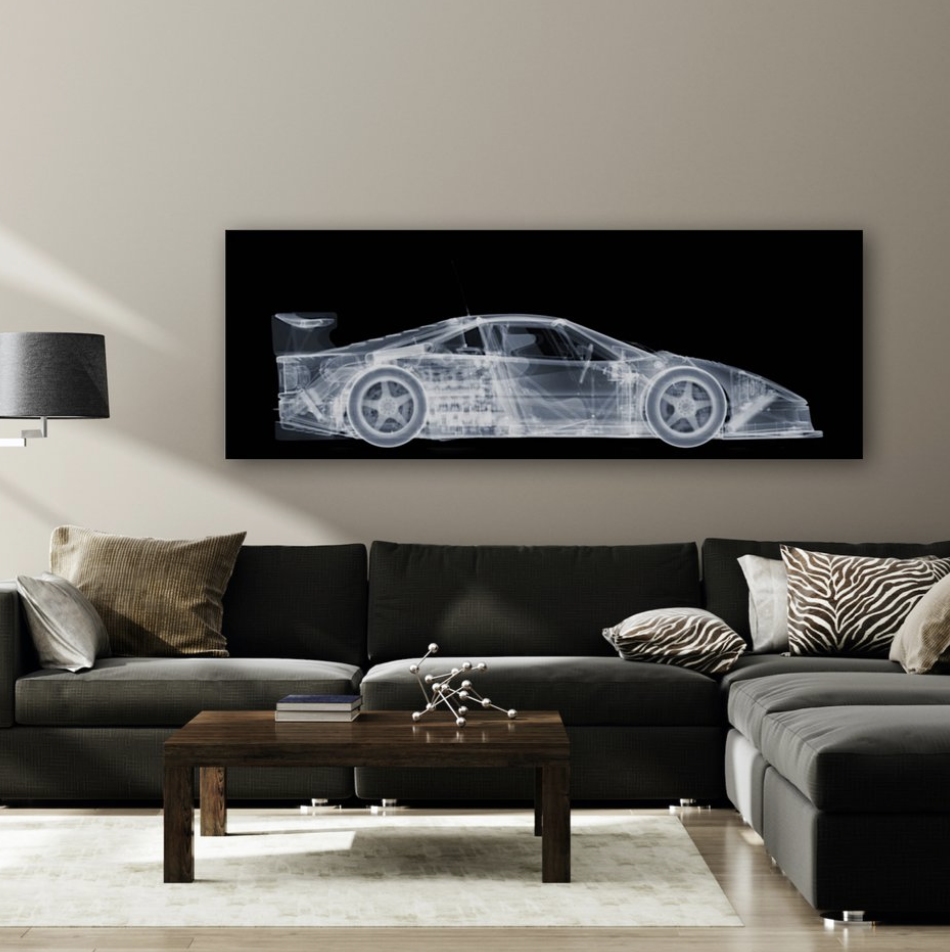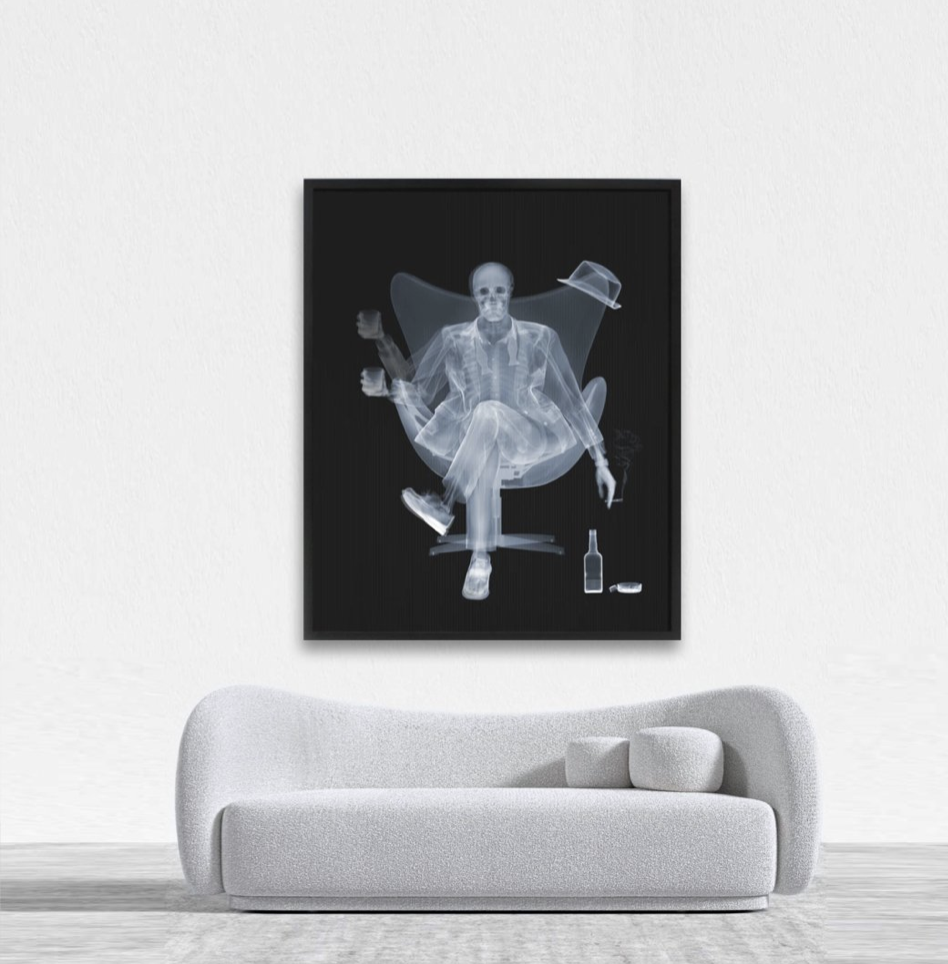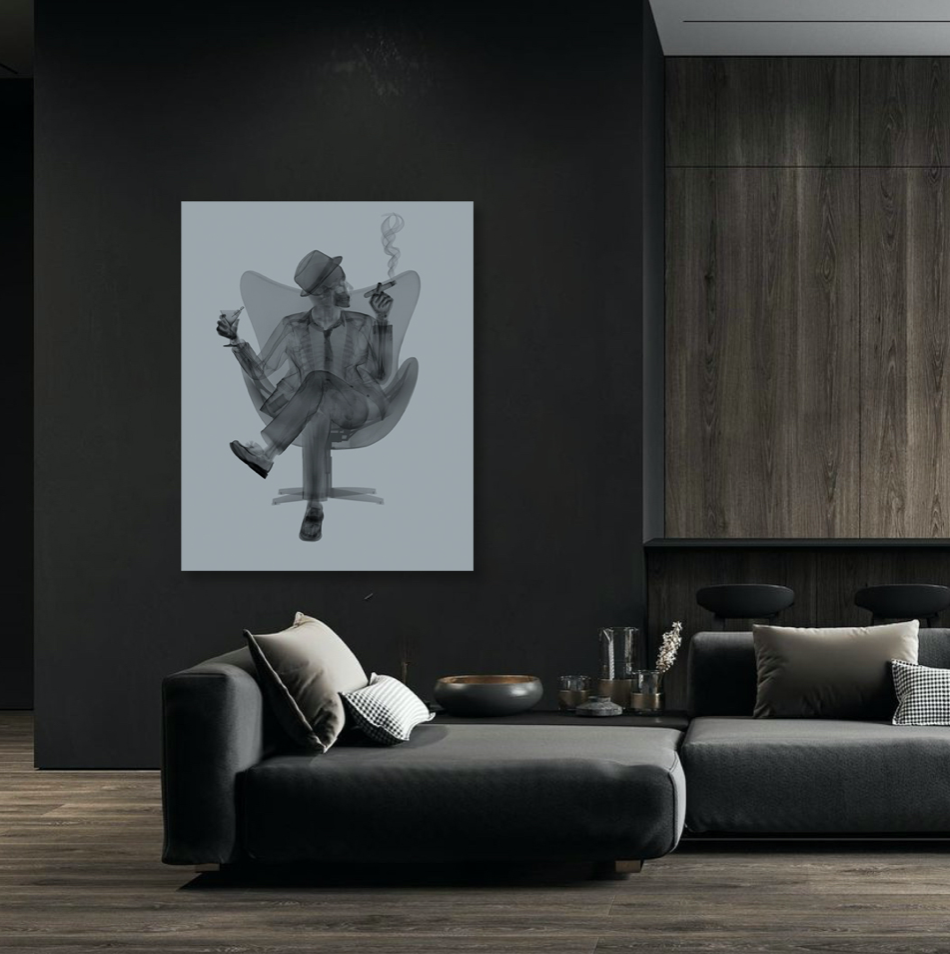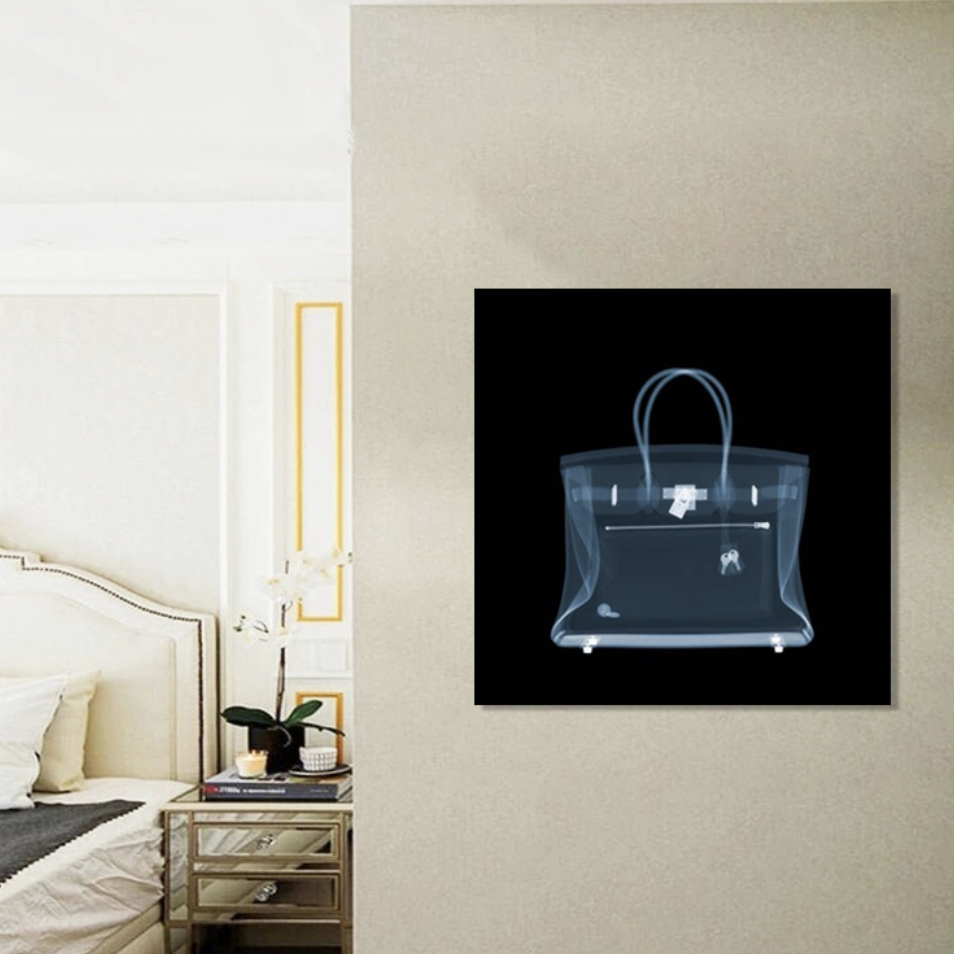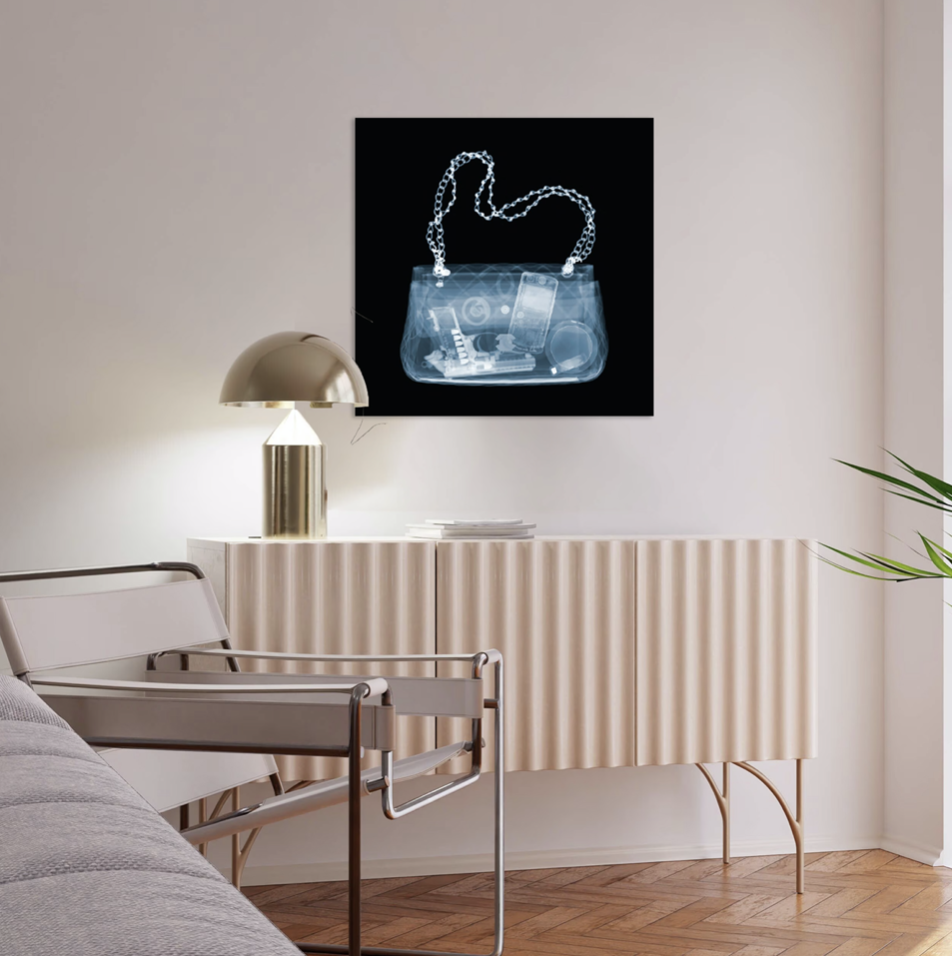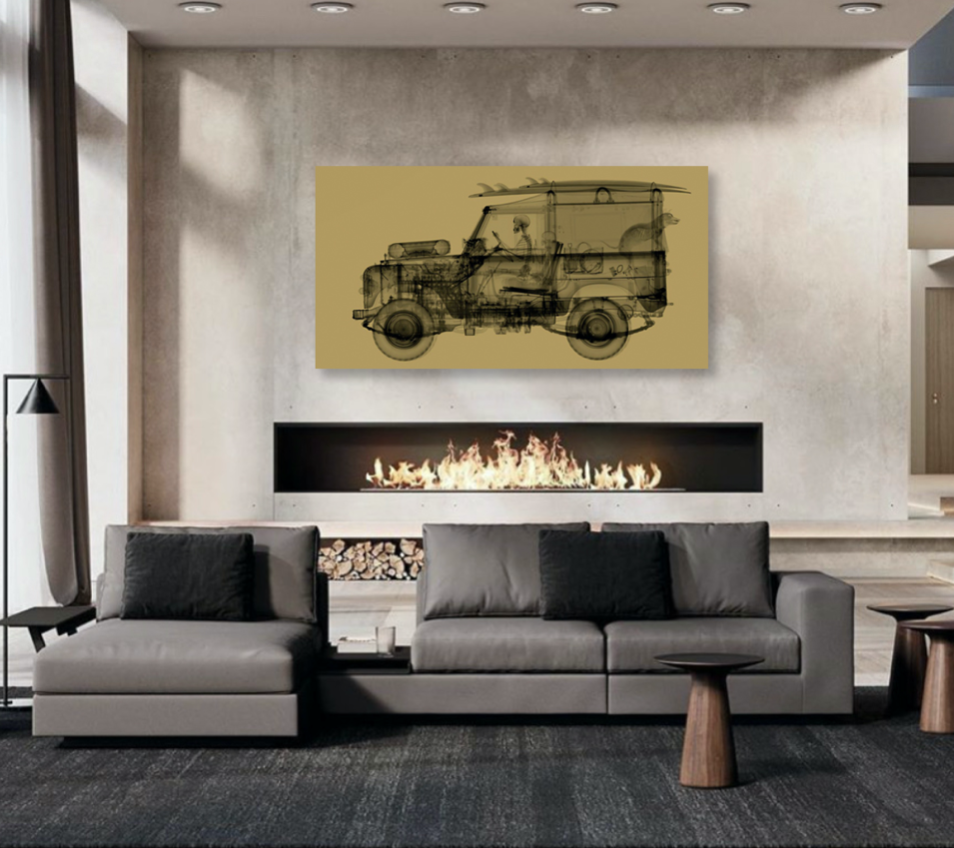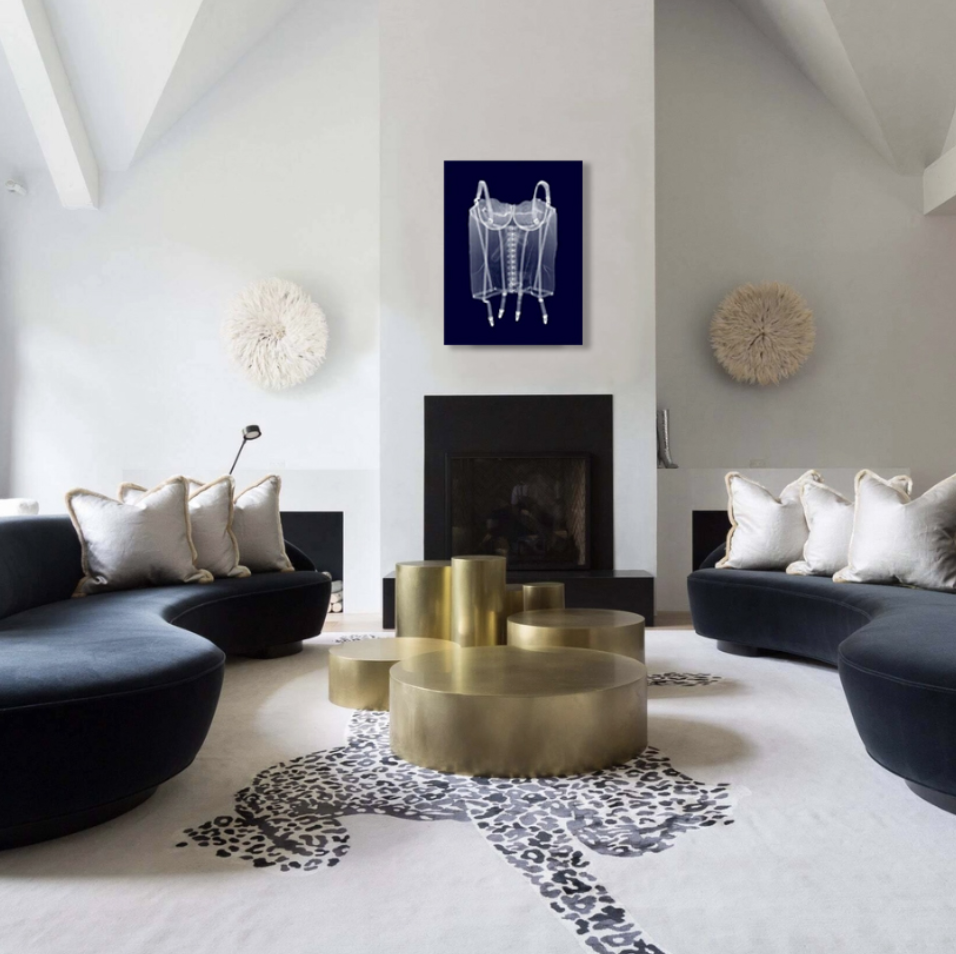ART ANGELS ARTIST
NICK VEASEY
Showing now in the Dallas Gallery
For inquiries, call 214-760-1775
Nick Veasey, a man with X-ray vision, creates art that shows what it is like inside. Nick’s work with radiographic imaging equipment takes the X-ray to another level. Everyday objects are transformed from the banal to the beguiling, and the layers and make-up of natural items are shown in fantastic detail.
These works are a classic example of the fusion between art and science. The results transcend classification as photographs, having the gravitas to motivate science institutions and art galleries to acquire the artworks. The Victoria and Albert Museum in London has recently added his work to the British National Collection of Photography.
In today’s world obsessed with ‘image,’ superficiality, and artifice, Veasey counters such insubstantial diversions by delving inside and discovering what things are made of. Metaphors for the images are many and varied. Their context is very relevant today with the prevalence of surveillance and the use of X-ray technology for security.
AVAILABLE WORKS
BIOGRAPHY
Nick Veasey sees the world in X-ray vision. X-ray is a spectrum of light invisible to the human eye and harnessing it produces a magical insight. From a bridal couple to clothing items and large machinery, his work has integrity and honesty as it shows items for what they are on the inside. By stripping away the layers of everyday life to reveal an often-surprising beauty, his cutting-edge techniques challenge society’s obsession with the superficial.
Fascinated by the inner workings of everyday items, Nick details every aspect of a subject, exposing all to the human eye. His art combines engineering, science, and photography elements to achieve robust and intriguing results.
Each piece resonates with Nick’s mantra of “inside, we are all the same” and evince a robust emotional response from viewers. Inspired by the floral radiographs of the photographer and scientist Albert G. Richards, Nick has X-rayed everything from Christmas trees to the fashion designs of Alexander McQueen. Most famously, Nick created a life-size rendition of a Boeing 777 jet airliner using over 1,000 separate X-rays, which featured on the side of a hangar for United Airlines.
Nick’s imagery is created using medical and industrial radiography machines. As one of the few artists to master the creative possibilities of unifying science and art, he is a genuine innovator, and his work is becoming ever more technical and impressive. Many people think these artworks are backlit, but it is the contrast between the deep black background and detailed X-ray that makes the art pop.
Nick’s artworks transcend classification as photographs, having the gravitas to motivate science institutions and art galleries to acquire them.
"We all know we shouldn’t judge a book by its cover, that beauty is more than skin deep. By revealing the inside, the quintessential element of my art speculates upon what the manufactured and natural world consists of."
THE PROCESS
Invisible to the human eye, high-energy electromagnetic radiation is an ethereal but dangerous medium, so Veasey’s studio wall is lined with concrete and 35cm of lead. Inside are several different X-ray machines and a film processor.
Subjects to be x-rayed are placed on the floor or wall. The film is placed under or behind the subject. The X-rays pass through the subject and make an image on the film. That image is the same size as the objects. Several films are used if an object is too large to fit on one film.
This film is processed and scanned on a high-resolution scanner for optimum detail and sharpness. Large and complex objects can take months to complete. The result is an x-ray of unparalleled detail and beauty.
Lenticulars - British photographer Nick Veasey doesn’t use a regular camera. He uses X-rays to capture the inner workings and beauty of various objects, large and small. A typical medical X-ray lasts all of 0.2 sec., so his X-ray photo requires more like a 5-minute exposure. The X-ray image is the same size as the object being photographed, so you can imagine the amount of work involved when taking pictures of large objects like a car, a bus, and an airplane. A Mini Cooper car can contain 300 images of the doors, seats, tires, etc., all digitally reassembled into a photo. Where “people” pictures are concerned, he uses dead people and skeletons.
Veasey has taken this process to the next level with lenticular prints. Each lenticular work reveals movement through several images as the viewer moves around the piece.
Lenticular is a ribbed lens that refracts light from different angles. When sequential images are split behind the lenticular lens, the picture looks like it moves or is animated. It is amusing that this motion brings our x-ray of corpses to life. By creating x-ray portraits of iconic figures, Nick’s constant reference mantra of “inside we are all the same” becomes even more resonant.
As the viewer moves in front of the artwork, the movement within the image is revealed.
Machines - Revealing the technical complexity, design, and intricate engineering of the mechanical
Nick’s work is a classic example of the fusion between science and art. He messes with dangerous radiation-emitting X-ray machines to create beautiful, incredibly detailed X-ray artworks. These are not the X-rays we are used to seeing in hospitals but amazingly complex creations that take months, if not years, to create. It is common for Nick to use hundreds of separate X-rays to create large-scale works. His process is painstaking and highly unusual (not many artists have a radiation-proof concrete bunker for a studio!). This is an art that is at once engaging and, upon closer inspection, dramatically revealing. There is a lot to discover in Nick’s work. The overriding pervading message is that society’s obsession with superficiality and materialism pales insignificance compared to the importance of what we and the world are made of. It’s what on the inside that counts.
Recent career highlights include two major retrospective museum exhibitions, one in Korea and the other at Fotografiska Stockholm, the world’s largest photography museum. The show in Sweden was such a success that paying visitor numbers were over 100,000 for the 8-week duration. That’s over four times the expected amount, the unparalleled popularity occurring primarily by word of mouth. Visitors included the Swedish and British royals. In addition, Nick has worked in important institutional and museum collections around the world, most notably London’s Victoria & Albert Museum, with which he collaborated in x-raying their fashion collection. The V&A describes Nick’s work as “Forensic investigations of rare beauty and intrigue”. We agree with that sentiment, and Art Angels is sure that all visitors will be fascinated by Nick’s unique X-ray vision.
COLLECTIONS
MUSEUM COLLECTIONS
Deutches Roentgen Museum —Remscheid, Germany
Erata Museum of Contemporary Art —St. Petersburg, Russia
Fotografisk Museum —Stockholm, Sweden
Museum Villa Rot —Burgrieden, Germany
Science and Technology Museum —Milan, Italy
Natural History Museum —Tring, UK
National Media Museum —Yorkshire, UK
Victoria & Albert Museum —London, UK
AMOREPACIFIC Museum of Art —Gyeonggi-do, Korea
Fort Wayne Museum of Art —Fort Wayne, IN, USA
MASS MoCA —North Adams, MA, USA
Musée de Design et D’Arts Appliqués Contemporains (MUDAC) —Lausanne, Switzerland
Museum of Contemporary Art —Taipei, Taiwan
Museum of Contemporary Art —San Francisco, USA
The Museum at FIT —New York, NY, USA
PUBLICATIONS
New York Times “The Remaking of the Hockey Goalkeeper”
National Geographic “X-Ray Visions”
Daily Mail “Iconic Vehicles”
Forbes “British Artist Nick Veasey Reveals His X-Ray Vision”
Victoria & Albert Museum South Kensington “Nick Veasey: Forensic Fashion X-Rays”
The Independent “The Inside Story of the X-Ray”
Pique Magazine “A Different Way of Looking at the World”
TELEVISION
BBC
NBC
Discovery Channel
NOTEABLE BRANDS
Porsche
BMW
Levi’s
Nike
